By: Dr. Elizabeth Eggert
How did this start?
Lizzie’s parents are longtime patients of Dr. Elizabeth and brought Lizzie in for her first visit when she was a year old. As Lizzie grew older, Dr. Elizabeth began to notice signs of what she suspected to be Orofacial Myofunctional Disorder. Orofacial Myofunctional Disorder (OMD) is a disorder characterized by improper tongue, jaw, and lip positioning during swallowing, feeding, and speaking.
Patients with OMD often have signs like malocclusion, mouth-breathing, tongue thrust, and airway obstruction. They may also have symptoms like headaches, malaise, fatigue, anxiety/depression, and pain. Dr. Elizabeth noticed that Lizzie was developing an open bite and had a non-tongue based swallowing pattern (she often uses her lips and teeth for swallowing). Dr. Elizabeth talked with the parents about helping to remind Lizzie to put her tongue up to the roof of her mouth to swallow and to keep her lip and teeth away from each other when swallowing. As Lizzie got older, it was still difficult for her to swallow with her tongue up. Dr. Elizabeth recommended that she start Myobrace® treatment and myofunctional therapy to address her symptoms.
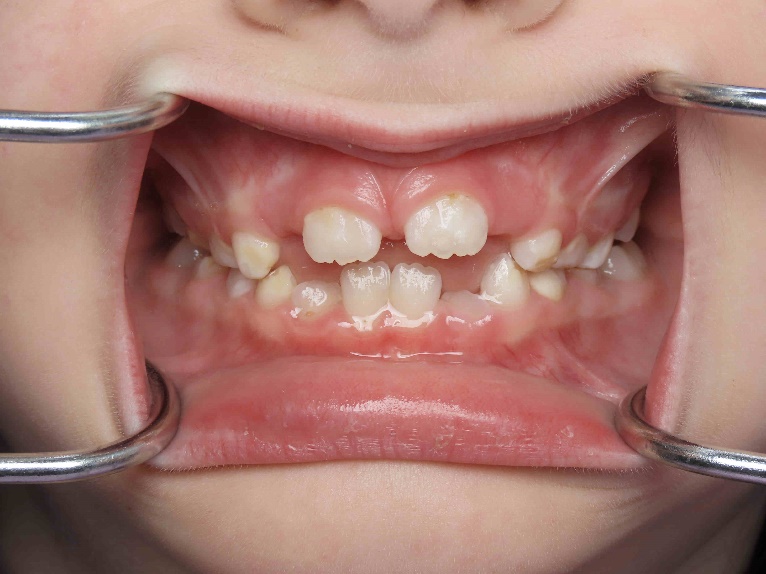
Figure 1: Lizzie’s open bite: her tongue sits forward. She is developing a narrow upper arch.
What was involved?
Lizzie’s Myobrace® treatment will involve moving through a series of oral appliances that each function to address different aspects of OMDs, including habit correction, arch development, and dental alignment. Before starting her Myobrace® treatment, Lizzie came in for a short appointment with Dr. Elizabeth to take initial photos and learn how to wear her appliance. Dr. Elizabeth talked with Lizzie about the importance of wearing her appliance every night while she sleeps and for at least two hours each day. In addition to wearing the Myobrace® appliance, Lizzie has undergone myofunctional therapy with us to further correct some of the habits contributing to her OMD. During these sessions, which we offer both in-office and via Zoom, our hygienist Lea showed Lizzie different exercises to help her retrain her orofacial muscles so she can achieve a normal resting position for her tongue, lips, and jaw.
What have Lizzie’s results been?
Lizzie is still in the early stages of her treatment. She has been striving to keep her Myobrace® in at night and has been working through myofunctional exercises. She feels that her nose breathing is improving and is confident she will continue to put forth the effort for her treatment. Oftentimes, Myobrace® therapy takes many months or even years. The theory is that the slow training and continuous practice of positioning the muscles allows the facial structures to develop naturally and stay that way. We are excited to see where Lizzie will go through this journey with us.
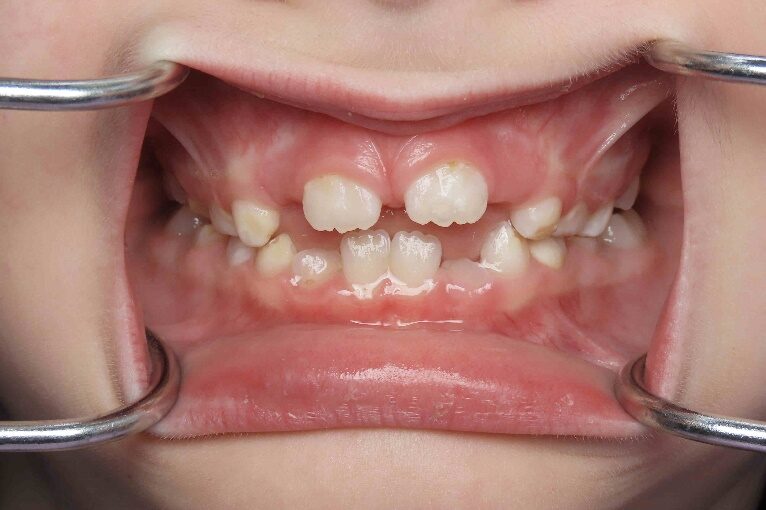



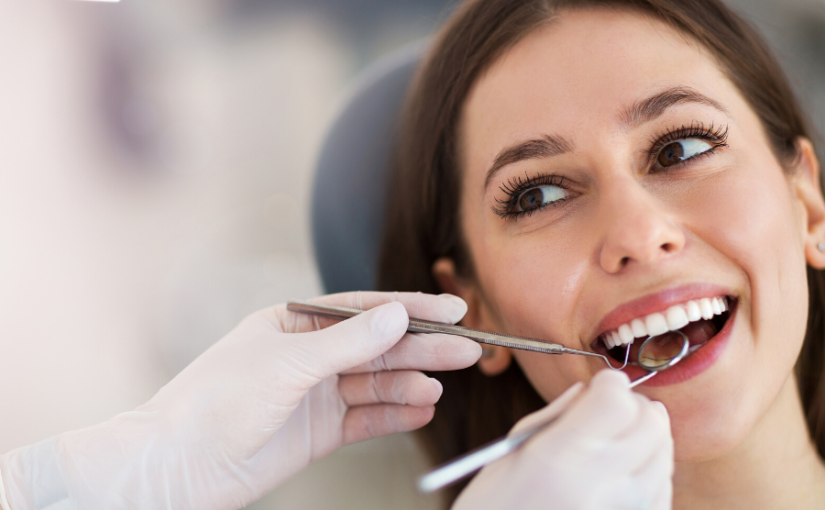

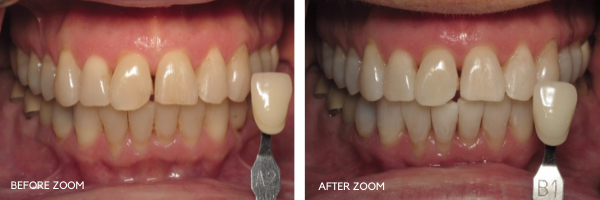
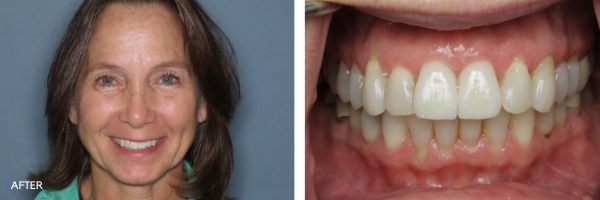

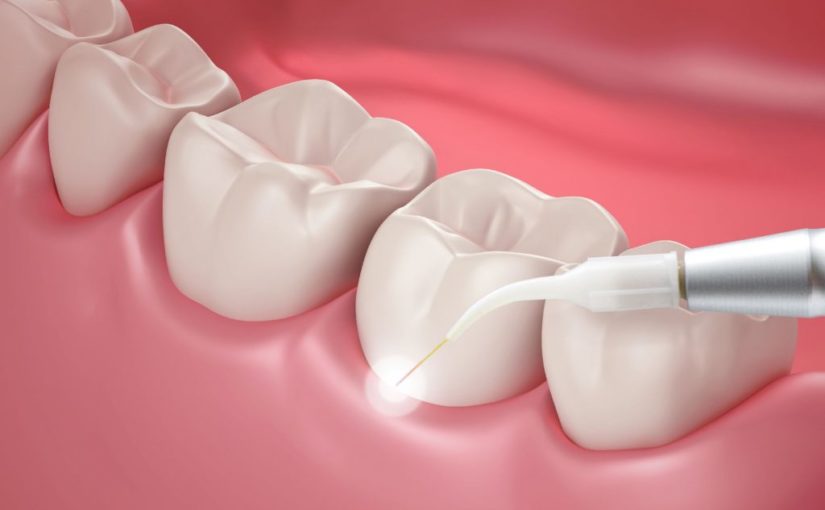
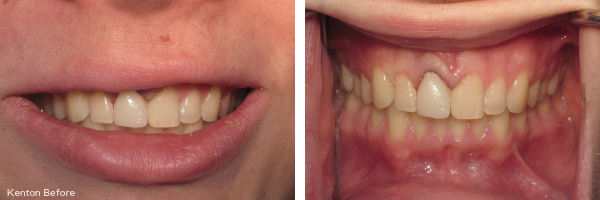


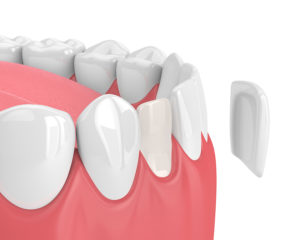 Dental veneers
Dental veneers
 Few dental situations make a teen feel more self-conscious than crooked teeth. Not only do braces straighten teeth and correct your teen’s bite but because crooked teeth can lead to other oral health problems, braces also reduce the instance of cavities and gum disease. It’s never too early to begin the braces conversation with Dr. Elizabeth or Dr. Jeff! While we are not an orthodontic office and only provide some Invisalign services, we are happy to refer you to some excellent orthodontists in the area when recommended.
Few dental situations make a teen feel more self-conscious than crooked teeth. Not only do braces straighten teeth and correct your teen’s bite but because crooked teeth can lead to other oral health problems, braces also reduce the instance of cavities and gum disease. It’s never too early to begin the braces conversation with Dr. Elizabeth or Dr. Jeff! While we are not an orthodontic office and only provide some Invisalign services, we are happy to refer you to some excellent orthodontists in the area when recommended. First of all, the best defense against a knocked out tooth is a mouthguard. Dr. Elizabeth or Dr. Jeff can craft your teen a custom mouthguard that will fit snugly against their teeth and protect them while they’re playing sports. However, we know that in some instances a permanent tooth can get knocked out. Should this happen, it’s best to rinse the tooth in cool water and try and replace the tooth in the socket by having your teen bite down on gauze or a wet washcloth. If the tooth won’t relodge, place it in a small container of milk. In both instances, give us a call right away. We will fit your teen in for an emergency appointment.
First of all, the best defense against a knocked out tooth is a mouthguard. Dr. Elizabeth or Dr. Jeff can craft your teen a custom mouthguard that will fit snugly against their teeth and protect them while they’re playing sports. However, we know that in some instances a permanent tooth can get knocked out. Should this happen, it’s best to rinse the tooth in cool water and try and replace the tooth in the socket by having your teen bite down on gauze or a wet washcloth. If the tooth won’t relodge, place it in a small container of milk. In both instances, give us a call right away. We will fit your teen in for an emergency appointment.